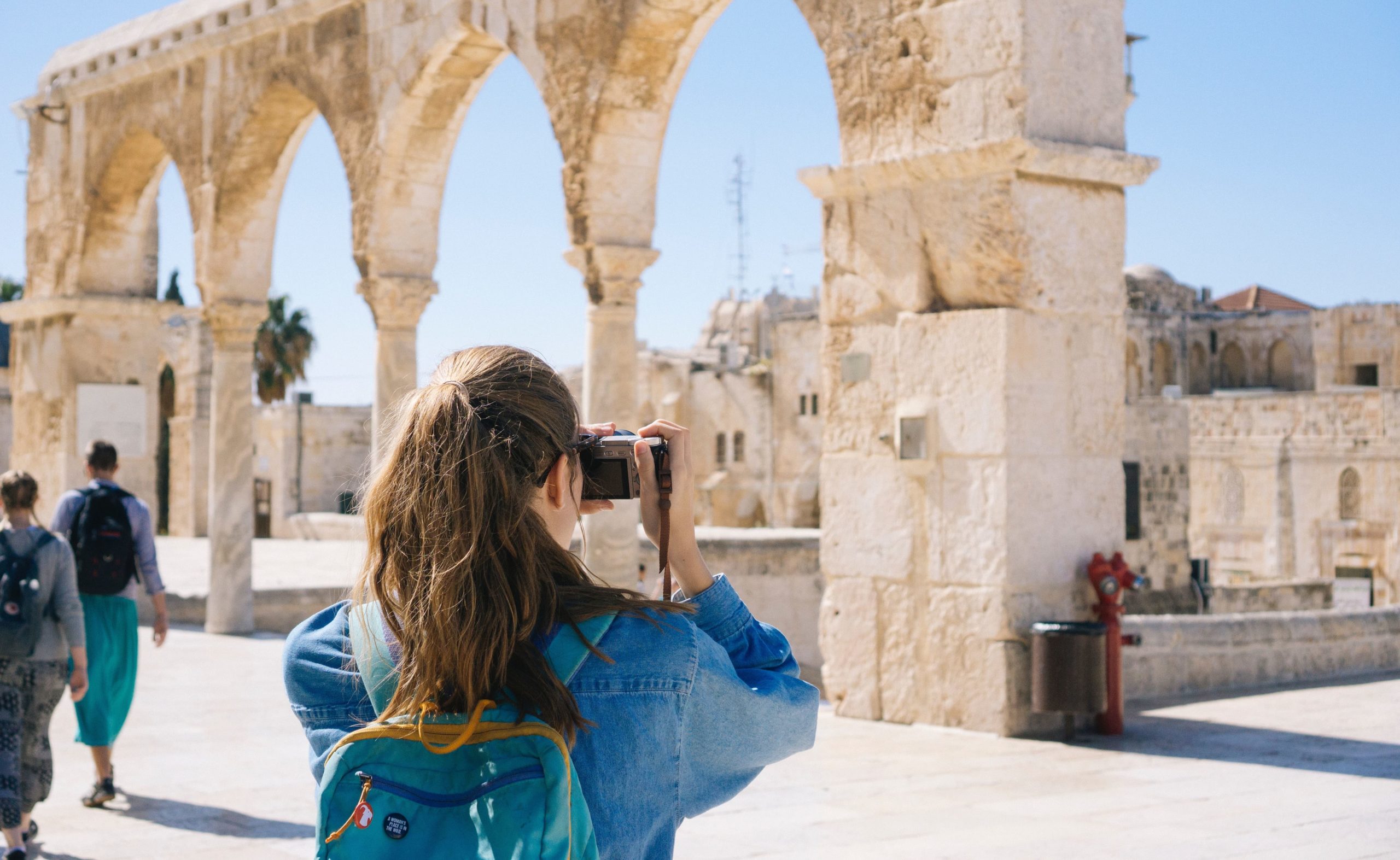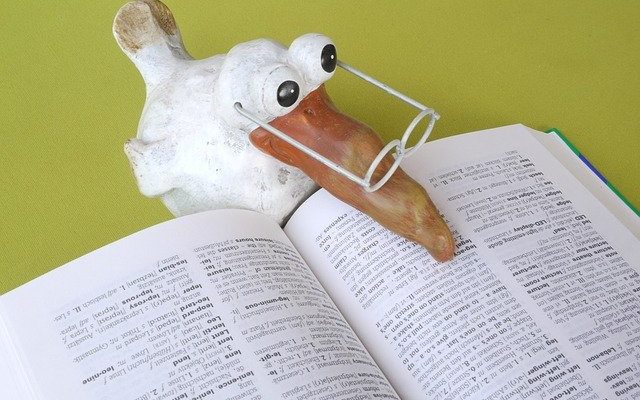Normally, the worst examples of bad translations are always found in texts related to the tourism sector. Have you noticed these details? A cover on a restaurant menu that is not correct, an unfortunate sign announcing an activity, or a brochure that is too vague. Translation mistakes in the tourism sector are common.
Many consider that translating a tourism text is easy or that using Google Translate will solve the problem. This is not professional at all and, if we depend on this sector, our image will not be up to the high standards held by the industry.
As you well know, tourism is the main economic activity in several countries and, if the main barrier is language, you will encounter difficulties in the business and even possible economic losses.

Why avoid mistakes in translations for tourism
We’ve all planned vacations and traveled to different places. When we go abroad, we want to find things that make us comfortable and feel at home.
The importance of a good tourism translation
Tourism is a very important sector for the world economy and the one that adapted the fastest to the digitization of the market. While it is true that there are no barriers on the Internet, customers may encounter difficulties if they wish to travel to countries where a different language is spoken.
We have to give tourists what they’re looking for. Today, most bookings are made online and statistics show that a high percentage do not trust websites that are translated inaccurately. This leads to mistrust and the loss of a potential customer.
Therefore, a good tourism translation opens the doors to another culture wide open. For this reason, professional experts in the language are required for both the country of origin and the target country. Also, remember that you must adopt a translation strategy so that the tourist feels comfortable and wants to get to know the proposed destination.
You need to use a good strategy and the right language to disseminate this culture. In this way, the tourist will not only understand the information presented, but also feel compelled to visit the suggested option.
What kind of texts will you find in tourism translation?
Obviously, there is a great variety of texts. In addition to websites, we may find forums, blogs, magazines, catalogs, guides, brochures, maps, layouts, social media posts, posters, signs, reservations, invoices, etc.
In this regard, the need for professionals who can improve the customer experience is evident. From advertising texts to purely administrative papers, translators are instrumental to overcoming the language barrier that exists between any two sides.
Typical mistakes in tourism translation
Google Translate may become your worst nightmare, as its machine translation can have fateful consequences. A good example includes a sign in a store asking customers to “Please don’t touch yourselves.”
In short, if the translation is not accurate, you will not be able to attract customers, or you’ll offer them a bad service, which will result in significant economic loss.






